Are you striving to choose the best video streaming format to enhance your audience experience?
Well, you are in the right place then!
In the dynamic and fiercely competitive streaming industry, where businesses are constantly seeking the edge to capture viewers’ attention, the backbone of success lies in the video streaming formats employed.
As a streaming business, the choice of formats becomes your digital signature, shaping the quality, efficiency, and overall user experience of your platform.
In the fast-evolving landscape of 2023, understanding and leveraging the top professional video streaming formats isn’t just an option; it’s a strategic imperative. These formats hold the key to unlocking enhanced video quality, adaptive streaming, and seamless content delivery – factors that can set your streaming service apart from the competition.
Wondering how to nail it like a pro?
Read on, as we delve deeper into the leading video streaming formats that have the potential to redefine your business’s streaming prowess and elevate your viewers’ engagement to unprecedented heights.
What Is a Video Streaming Format?
A video streaming format is a standardized method of compressing, encoding, and structuring digital video content for transmission over the internet. It dictates how the video data is packaged, organized, and presented to ensure efficient delivery and playback on various devices and platforms.
Video streaming formats encompass a combination of video and audio codecs, container formats, and other elements that collectively define how the multimedia content is processed and displayed to the viewer.
These formats enable streaming businesses to optimize video quality, adapt to varying network conditions, and enhance the overall user experience by ensuring smooth playback, minimal buffering, and compatibility across different devices and internet connections.
The Significance of Video Streaming Formats for OTT Platforms
As viewers migrate from traditional broadcasting to online streaming, the quality and delivery of video content become paramount. This is where video streaming formats play a pivotal role, shaping the very essence of the viewer experience. Let’s give you a better insight!
1. Optimizing Quality and Compatibility
At the heart of video streaming formats lies the optimization of video and audio quality while ensuring compatibility across an array of devices and network conditions. OTT platforms cater to audiences accessing content on smartphones, smart TVs, tablets, and computers, each with varying technical specifications.
Streaming formats enable content providers to encode videos in a manner that maintains visual fidelity and audio clarity while accommodating the capabilities of different devices. This adaptability ensures that viewers receive an optimal experience regardless of their chosen screen size or device. For those looking to enhance the visual experience further, learning how to increase image resolution can be key, especially when working with different devices and streaming formats. By optimizing resolution, you ensure that the visual quality remains sharp and clear across all platforms.
2. Efficient Bandwidth Utilization
Bandwidth utilization is a critical concern in online streaming, where inconsistent or slow connections can result in buffering and diminished user satisfaction. Video streaming formats incorporate advanced compression techniques that strike a balance between video quality and bandwidth consumption.
This is particularly relevant for OTT platforms, as they aim to provide a seamless viewing experience even on limited network speeds. Adaptive streaming, a technique facilitated by streaming formats, dynamically adjusts video quality based on available bandwidth, ensuring uninterrupted playback and minimal buffering.
3. Enabling Multi-Platform Accessibility
OTT platforms cater to a global audience with diverse preferences and access points. Video streaming formats play a crucial role in enabling multi-platform accessibility, allowing content to be viewed across various operating systems, browsers, and devices.
This universality ensures that content providers can reach a wider audience without the constraints of device-specific compatibility issues. Whether it’s a smartphone, a gaming console, or a smart TV, streaming formats bridge the gap and offer consistent playback experiences.
4. Personalized Viewing Experience
In the age of personalization, viewers expect content tailored to their preferences. Streaming formats facilitate the integration of features like subtitles, alternate audio tracks, and interactive elements that enhance the viewer’s experience. OTT platforms leverage these capabilities to provide subtitles in multiple languages, thereby expanding their global reach.
Additionally, interactive elements such as clickable overlays, branching narratives, and interactive advertisements are seamlessly integrated through streaming formats, enhancing engagement and interaction for viewers.
5. Scalability and Future-Proofing
The landscape of technology evolves rapidly, and OTT platforms must be prepared to adapt to emerging trends and innovations. Video streaming formats offer scalability and future-proofing by supporting new video codecs and technologies.
As higher resolutions and immersive formats like Virtual Reality (VR) and Augmented Reality (AR) gain prominence, streaming formats accommodate these shifts, ensuring that OTT platforms can seamlessly incorporate new features and formats without overhauling their entire infrastructure.
The Top 11 Professional Video Streaming Formats
1. H.265 (High Efficiency Video Coding)
H.265, also known as HEVC (High Efficiency Video Coding), is a successor to H.264 and represents a significant leap in video compression technology. Developed by the Joint Collaborative Team on Video Coding (JCT-VC), H.265 is designed to achieve higher compression efficiency without compromising video quality.
H.265 employs advanced techniques like larger block sizes and improved motion compensation, enabling more efficient compression. It offers the potential to reduce bit rates by up to 50% compared to H.264, making it ideal for high-resolution content. H.265 supports various color spaces and bit depths, ensuring compatibility with a wide range of content types.
Pros:
- Improved Compression: H.265 achieves better compression, resulting in smaller file sizes without sacrificing quality.
- High-Quality Streams: It allows streaming services to deliver high-quality content even at lower bit rates.
- Broad Device Compatibility: H.265 is widely supported across devices, including smartphones, smart TVs, and computers.
Cons:
- Processing Demands: Encoding and decoding H.265 content can be computationally intensive, potentially requiring more processing power.
- Licensing Costs: H.265 is subject to licensing fees, which can add to the operational expenses of streaming services.
2. VP9
VP9 is a video codec developed by Google as an open-source alternative to proprietary codecs. It aims to provide efficient video compression while remaining royalty-free, making it an attractive choice for streaming platforms that prioritize cost-effectiveness and high quality.
VP9 utilizes a range of innovative techniques, including variable block sizes and improved entropy coding, to achieve efficient compression. It offers better quality at lower bit rates compared to its predecessor, VP8. VP9 is designed to support a broad range of resolutions, from standard definition to ultra-high definition.
Pros:
- Royalty-Free: VP9’s open-source nature eliminates licensing costs, making it financially appealing for streaming services.
- Efficient Compression: It provides a balance between compression efficiency and video quality, catering to a diverse audience.
- Widespread Support: VP9 is supported by various browsers and platforms, enhancing its accessibility.
Cons:
- Decoding Complexity: While encoding VP9 content is relatively efficient, decoding can be demanding on certain devices.
- Less Widely Adopted: Although VP9 has gained traction, it may not be as universally supported as other formats.
3. AV1
AV1, short for AOMedia Video 1, is an open-source and royalty-free video codec developed by the Alliance for Open Media (AOMedia). It aims to provide exceptional compression efficiency and quality, positioning itself as a contender for the future of video streaming formats.
AV1 employs a diverse range of coding tools and techniques, drawing from the collective expertise of its contributors. It uses advanced motion prediction and transforms to achieve significant compression gains. AV1 is designed to outperform existing codecs in terms of compression efficiency.
Pros:
- Outstanding Compression: AV1 boasts impressive compression efficiency, enabling high-quality streaming at lower bit rates.
- Open Source: Being royalty-free and open-source, AV1 aligns with the principles of accessibility and cost-effectiveness.
- Scalability: AV1 supports a wide range of resolutions and devices, making it adaptable to various streaming scenarios.
Cons:
- Processing Intensity: AV1’s encoding and decoding processes can be resource-intensive, demanding more powerful hardware.
- Evolving Ecosystem: While AV1 shows promise, its ecosystem is still evolving, and widespread support may take time.
4. ProRes
ProRes, developed by Apple, is a family of high-quality, lossy video codecs designed to balance compression efficiency with visual fidelity. ProRes codecs are widely used in professional video production and post-production, where preserving image quality is paramount.
ProRes employs intra-frame compression, meaning each frame is compressed individually without referencing other frames. This results in high image quality and straightforward editing since each frame is self-contained. ProRes offers several variants, including ProRes 422, ProRes 4444, and ProRes XQ, with varying levels of compression and visual fidelity.
Pros:
- Superior Quality: ProRes maintains high-quality visuals even after compression, making it a preferred choice for professional video production.
- Edit-Friendly: The intra-frame compression allows for easy editing, as individual frames can be accessed without affecting neighboring frames.
- Industry Standard: ProRes has gained widespread recognition in the film and broadcast industries.
Cons:
- Large File Sizes: ProRes files can be substantially larger compared to other codecs, potentially requiring more storage space.
- Hardware Demands: Real-time decoding of ProRes can demand more processing power, especially for higher-quality variants.
- Apple-Centric: While ProRes is widely supported, it is more closely associated with Apple’s ecosystem.
5. AVC (Advanced Video Coding)
AVC, also known as H.264, is one of the most widely used video codecs and has been the cornerstone of digital video compression for years. Developed by the ITU-T VCEG and MPEG, AVC offers a balance between compression efficiency and video quality.
AVC employs various compression techniques, including motion compensation and entropy coding. It achieves good compression efficiency while maintaining decent video quality, making it suitable for a range of applications.
Pros:
- Broad Compatibility: AVC is supported by a wide range of devices, browsers, and platforms, ensuring content accessibility.
- Proven Performance: As a mature codec, AVC has been optimized and refined over years of use.
- Balanced Compression: It offers a compromise between file size and video quality, making it versatile for various scenarios.
Cons:
- Moderate Compression Efficiency: Compared to newer codecs like HEVC, AVC’s compression efficiency is relatively moderate.
- Limited for High Resolutions: While capable of handling HD content, AVC may struggle with the demands of ultra-high-definition formats.
6.VP10
VP10, also known as VPX, is a video compression format developed by the Alliance for Open Media (AOMedia). As an evolution from VP9, VP10 aims to further enhance compression efficiency and video quality. It follows the open-source philosophy, promoting accessibility and innovation.
VP10 employs advanced compression techniques, including larger block sizes, improved intra-prediction, and better motion compensation. These techniques contribute to higher compression efficiency and improved video quality. VP10 is designed to support a wide range of resolutions and devices, catering to the demands of modern content delivery.
Pros:
- Efficient Compression: VP10 builds upon the compression gains of VP9, allowing for smaller file sizes without compromising visual quality.
- Open Source: VP10’s open-source nature promotes collaboration, innovation, and widespread adoption.
- Flexibility: Its adaptability to various resolutions and devices makes VP10 suitable for versatile content distribution.
Cons:
- Decoding Complexity: While encoding is efficient, decoding VP10 content can be demanding on certain devices.
- Evolving Ecosystem: As a relatively newer codec, VP10’s ecosystem is still evolving, and widespread support may take time.

7. XAVC (eXtensible Audio Video Coding)
XAVC is a proprietary video compression format developed by Sony as part of the XDCAM series. It is designed to offer high-quality video compression for professional applications, including broadcast, cinematography, and post-production.
XAVC employs intra-frame and long-GOP compression methods, allowing for efficient compression while maintaining image quality. It supports various bit depths and resolutions, making it adaptable to different content requirements. XAVC is available in multiple profiles, such as XAVC Intra and XAVC Long.
Pros:
- Professional Quality: XAVC’s focus on maintaining video quality makes it a preferred choice for high-end applications.
- Adaptability: The availability of different profiles allows XAVC to cater to various production needs.
- Broad Device Support: XAVC-encoded content can be easily integrated into professional workflows and playback devices.
Cons:
- Proprietary: XAVC is a proprietary format, which may involve licensing costs and limit its accessibility to specific ecosystems.
- Storage Requirements: While efficient, XAVC files can be relatively larger compared to other compression formats.
8. MP4 (MPEG-4 Part 14)
MP4, or MPEG-4 Part 14, is a widely recognized video compression format that belongs to the MPEG-4 standard. It is known for its versatility and compatibility, making it a ubiquitous choice for content distribution across various platforms.
MP4 employs a combination of compression techniques, including inter-frame compression and audio compression. It supports multiple codecs, including H.264 (AVC) and H.265 (HEVC), allowing for flexibility in balancing compression efficiency and video quality. MP4 files can include video, audio, and subtitles in a single container.
Pros:
- Universal Compatibility: MP4 is supported by a wide range of devices, browsers, and platforms, ensuring content accessibility.
- Adaptive Streaming: MP4 files can be used for adaptive streaming, allowing for smoother playback across varying network conditions.
- Efficient Distribution: MP4’s balance between quality and file size makes it an efficient choice for online content distribution.
Cons:
- Compression Efficiency: While efficient, MP4’s compression capabilities may not match the advancements of newer codecs like HEVC or VP10.
- Limited to Profiles: MP4’s compatibility is influenced by the specific codec profiles used, which may impact playback on certain devices.
9. WebM
WebM is an open, royalty-free video compression format developed by the WebM Project. Designed with web-based content delivery in mind, WebM has gained popularity for its efficient compression and compatibility with HTML5 video standards.
WebM employs VP8 or VP9 video codecs and Opus or Vorbis audio codecs. This combination allows for effective compression while maintaining decent video and audio quality. WebM files are contained within the Matroska multimedia container, enhancing flexibility and enabling the inclusion of subtitles and other multimedia elements.
Pros:
- Open Source: WebM’s open nature encourages accessibility, innovation, and wider adoption.
- Efficient Compression: The VP8 and VP9 codecs offer competitive compression efficiency.
- HTML5 Compatibility: WebM’s alignment with HTML5 standards ensures seamless integration into web-based environments.
Cons:
- Limited Hardware Support: While WebM is well-supported on browsers, hardware support may vary.
- Lesser Adoption: WebM, while growing, might not have the same ubiquity as more established formats.
10. MOV (Apple QuickTime Movie)
MOV, often referred to as QuickTime, is a multimedia container format developed by Apple. It gained prominence as one of the earliest formats for video playback and editing. MOV files can contain various codecs, including H.264, ProRes, and more.
MOV files are flexible, capable of containing video, audio, and even text tracks. The codecs used within MOV can greatly influence its technical attributes. For instance, H.264 compression ensures good quality-to-file size ratio, while ProRes maintains high quality for professional applications.
Pros:
- Professional Flexibility: MOV supports a wide range of codecs, making it a go-to choice for professional content creators.
- High-Quality Options: Formats like ProRes ensure top-tier quality while maintaining manageable file sizes.
- Apple Ecosystem: MOV is well-integrated into Apple’s ecosystem and is compatible with many Apple devices.
Cons:
- Proprietary Nature: While MOV is widely supported, its association with Apple’s ecosystem may limit its cross-platform compatibility.
- File Size: Depending on the codec used, MOV files can be relatively larger compared to more efficient compression formats.
11. MP4 (MPEG-4 Part 14)
MP4, or MPEG-4 Part 14, is a multimedia container format that has become synonymous with digital video distribution. Its compatibility and versatility have made it a staple for content creators, streaming platforms, and consumers.
MP4 files can encompass a variety of codecs, such as H.264 (AVC) for video and AAC for audio. This flexibility allows MP4 to strike a balance between compression efficiency and video quality. MP4 also supports adaptive streaming, enhancing playback across varying network conditions.
Pros:
- Universal Compatibility: MP4’s widespread support across devices, browsers, and platforms ensures seamless playback.
- Adaptive Streaming: MP4 files can adapt to network conditions, offering smoother playback experiences.
- Versatility: MP4’s balance between quality and file size makes it suitable for a variety of content types.
Cons:
- Compression Efficiency: While efficient, newer formats like WebM and HEVC may offer better compression.
- Licensing Considerations: Some implementations of MP4 codecs may involve licensing fees, affecting cost considerations.
How To Choose the Best Video Streaming Format for Your OTT Platform?
Selecting the optimal video streaming format can significantly impact user experience, streaming quality, and overall platform performance. Here’s a guide to help you navigate this crucial decision.
1. Understand Your Content
The nature of your content plays a pivotal role in determining the suitable video streaming format. Are you focusing on high-definition movies, user-generated videos, or live broadcasts? Different formats excel in handling specific types of content.
For instance, high-quality movies may benefit from formats like ProRes, while web-based videos could leverage open-source formats like WebM.
2. Prioritize Quality and Efficiency
Balancing quality and efficiency is paramount. Opt for a format that ensures high video and audio quality without overloading your bandwidth or storage capacities.
Formats like HEVC and VP9 excel in achieving this equilibrium, providing impressive compression rates while maintaining visual fidelity.
3. Consider Device Compatibility
Your viewers access content through a myriad of devices, from smartphones to smart TVs. Choose a format that’s compatible with a broad range of devices and operating systems. Formats like MP4 and AVC have widespread support, making them a safe bet for ensuring accessibility.
4. Evaluate Bandwidth and Network Conditions
Streaming quality depends on network conditions. Formats that support adaptive streaming, like MP4, enable content to adjust based on the viewer’s network speed, ensuring smoother playback. This is especially crucial for maintaining a consistent experience across varying internet connections.
5. Factor in Future-Proofing
The digital landscape evolves rapidly. Choose a format that aligns with future trends and innovations. Consider formats like AV1 and HEVC that are designed to accommodate higher resolutions and emerging technologies like Virtual Reality (VR) and Augmented Reality (AR).
6. Assess Storage and Bandwidth Costs
Large files can strain your storage capacities and increase streaming costs. Formats like H.264 and HEVC excel in compression, offering the potential to reduce storage and bandwidth expenses.
7. Consider Production Workflow
If your content production involves intricate editing processes, choose a format that facilitates seamless editing and post-production. Formats like ProRes are designed for professional workflows, ensuring minimal loss in quality during editing.
8. Leverage Analytics
Utilize analytics tools to monitor viewer behavior, including buffering rates and engagement metrics. This data can provide insights into how your chosen format is performing and if any adjustments are needed.
The Bottom Line
As we’ve explored the nuances of video streaming formats, the significance of choosing the right format for your OTT platform becomes evident. This is where Muvi One steps in to transform your content delivery strategy.
Muvi One, a cutting-edge video streaming solution, takes the guesswork out of format compatibility and optimization. With support for a wide array of video formats including MP4, MOV, MKV, and more, Muvi One ensures that your content reaches your audience effortlessly, regardless of their preferred devices or platforms.
What sets Muvi One apart is its intelligent encoding and transcoding capabilities. Once your video file is uploaded, Muvi One automatically encodes it into different resolution versions tailored for varying internet speeds and screen sizes. This automation ensures that viewers experience top-notch quality, whether they’re streaming on mobile, web, media boxes, or smart TVs.
By harnessing the power of Muvi One, you streamline your video delivery process, eliminating compatibility issues and optimizing content for a diverse range of devices. Seamlessly transition between formats and resolutions while providing viewers with a consistent, immersive experience.
Take a 14-day free trial to get started today!

FAQs
- What are the top professional video streaming formats in 2023?
In 2023, the top professional video streaming formats include H.265 (HEVC), AV1, VP9, and MPEG-DASH. These formats offer improved compression efficiency, better quality, and broader device compatibility, making them popular choices for streaming content.
- What is H.265 (HEVC) and why is it significant?
H.265 (HEVC) is a video compression standard known for its superior efficiency, reducing file sizes without compromising quality. It’s significant for enabling high-quality video streaming, especially for 4K and 8K content, while minimizing bandwidth requirements.
- What is AV1 and why is it gaining popularity?
AV1 is a video codec developed by the Alliance for Open Media (AOMedia). It’s gaining popularity due to its open-source nature, royalty-free licensing, and impressive compression efficiency. AV1 helps deliver high-quality video while reducing data usage and costs.
- What is VP9 and where is it commonly used?
VP9 is a video codec developed by Google and is commonly used in web-based streaming platforms like YouTube. It offers good compression and quality, making it suitable for online video streaming on various devices and browsers.
- What is MPEG-DASH and how does it improve streaming?
MPEG-DASH (Dynamic Adaptive Streaming over HTTP) is a streaming standard that improves the streaming experience by adapting video quality in real-time based on the viewer’s internet speed and device capabilities. It enhances smooth playback and reduces buffering.
- Are these formats compatible with all devices?
Compatibility with all devices depends on software and hardware support. Most modern devices and streaming platforms support H.265 (HEVC), AV1, VP9, and MPEG-DASH, but older or less capable devices may have limited compatibility.
- Can I convert videos to these formats for streaming?
Yes, you can convert videos to these streaming formats using video encoding software or services. This conversion process allows you to optimize your content for various devices and streaming platforms, ensuring a wider audience reach and better viewing experience.




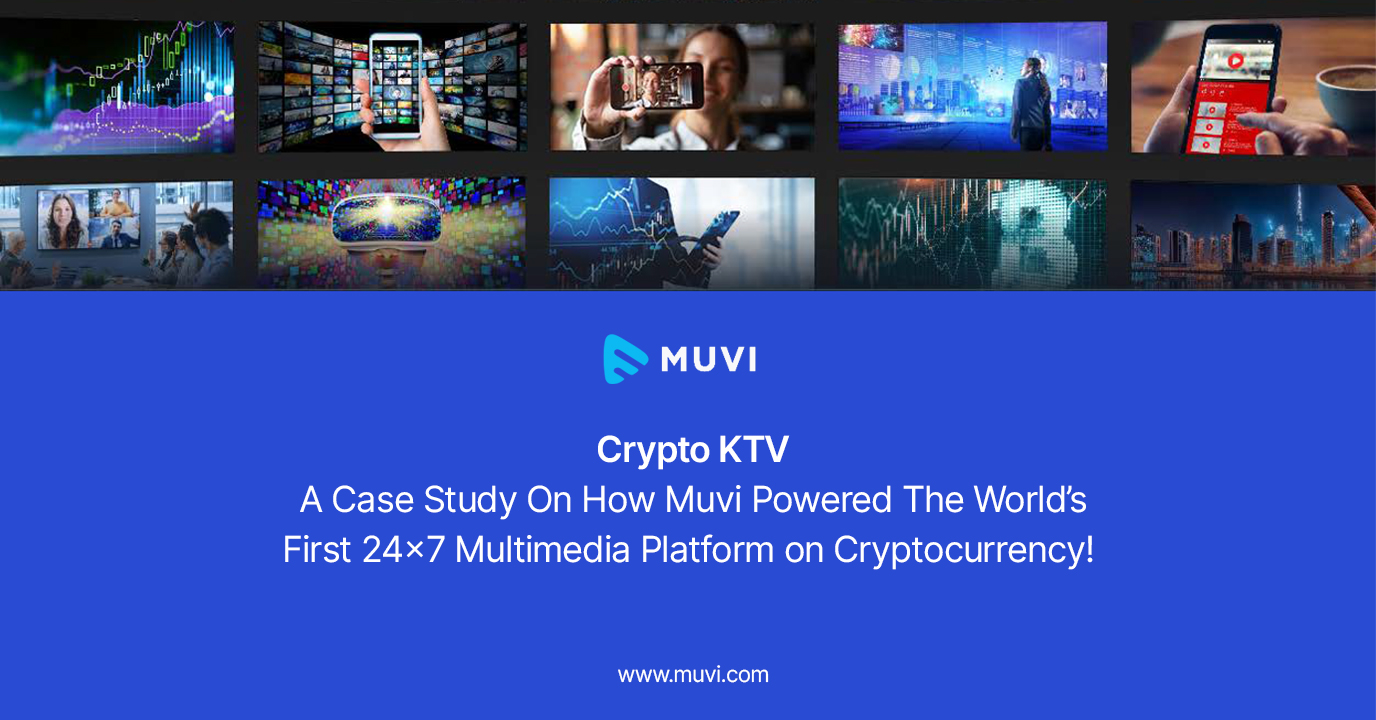
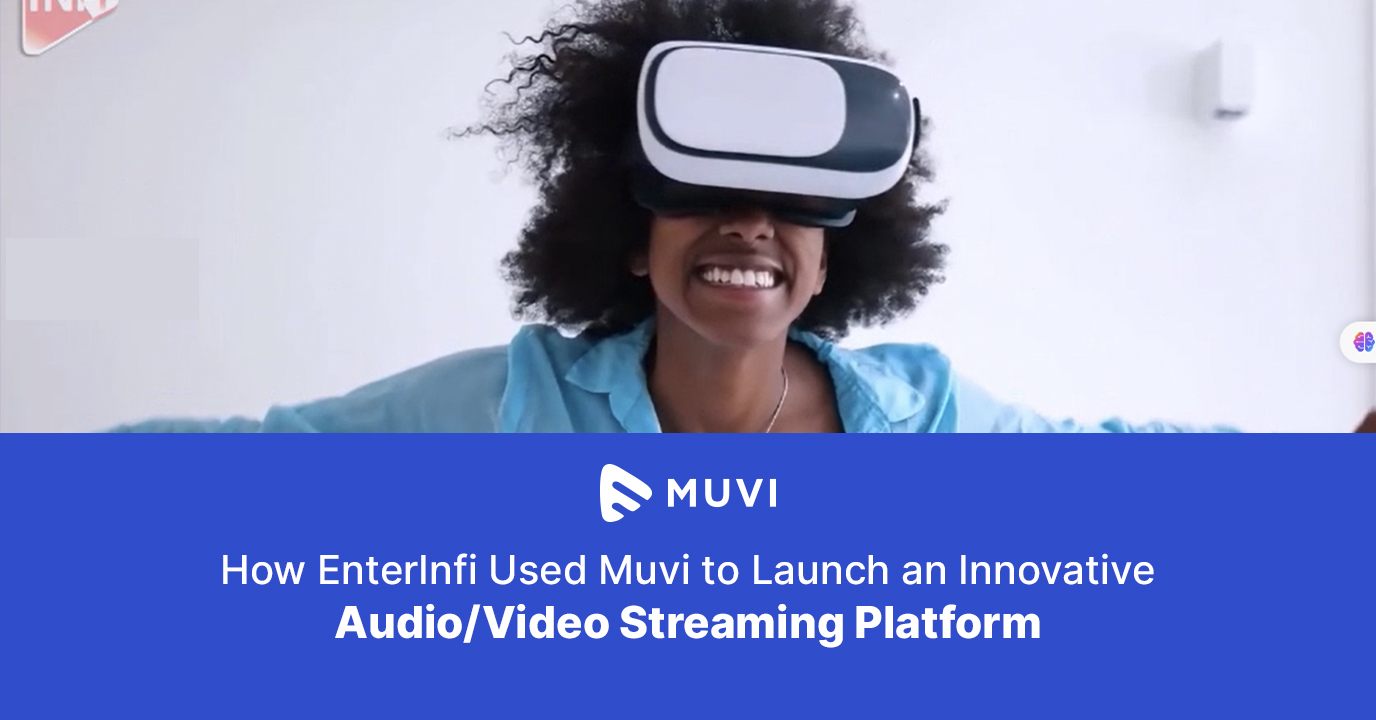
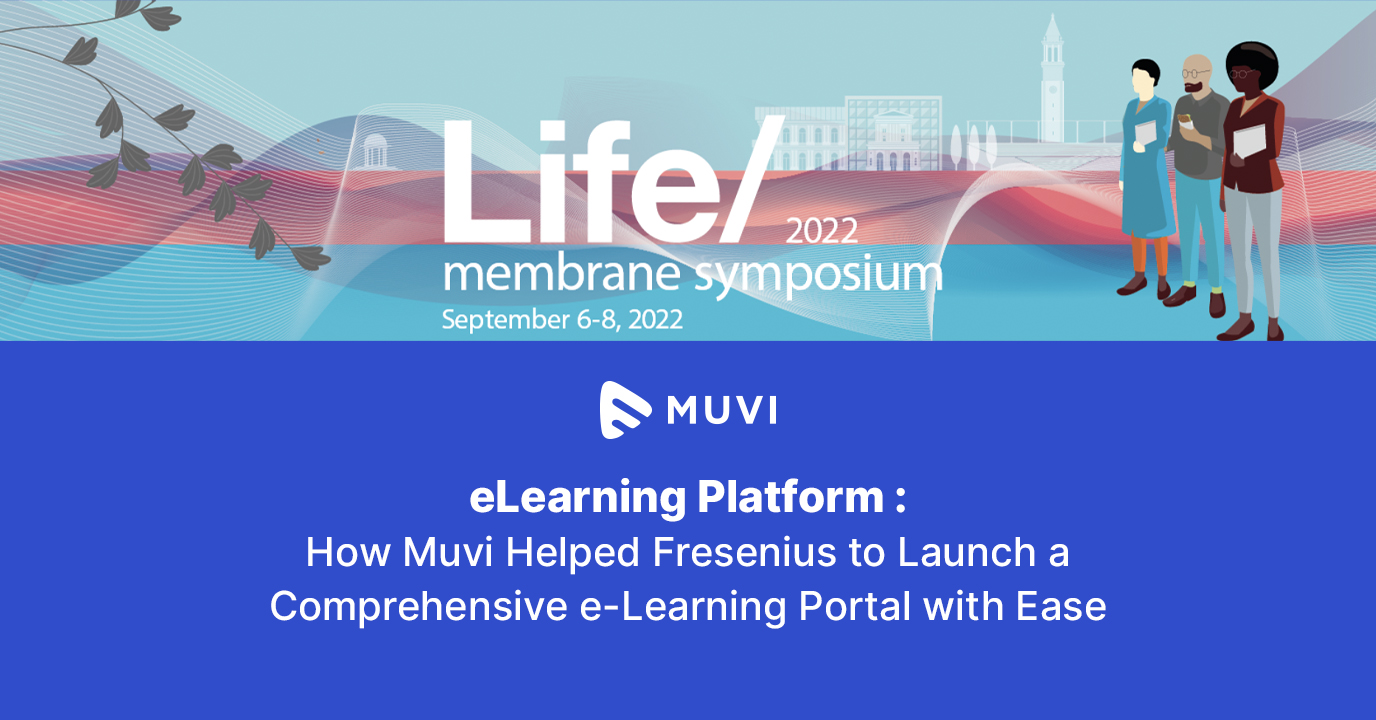




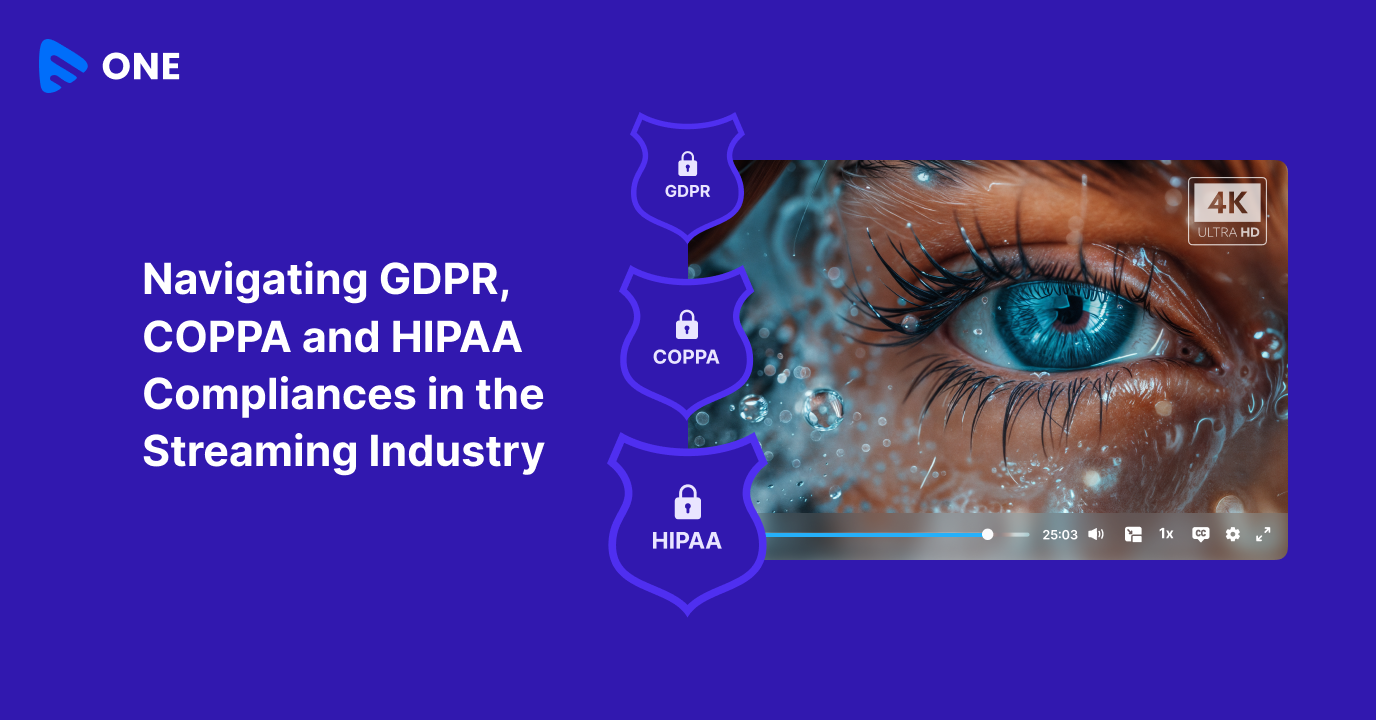

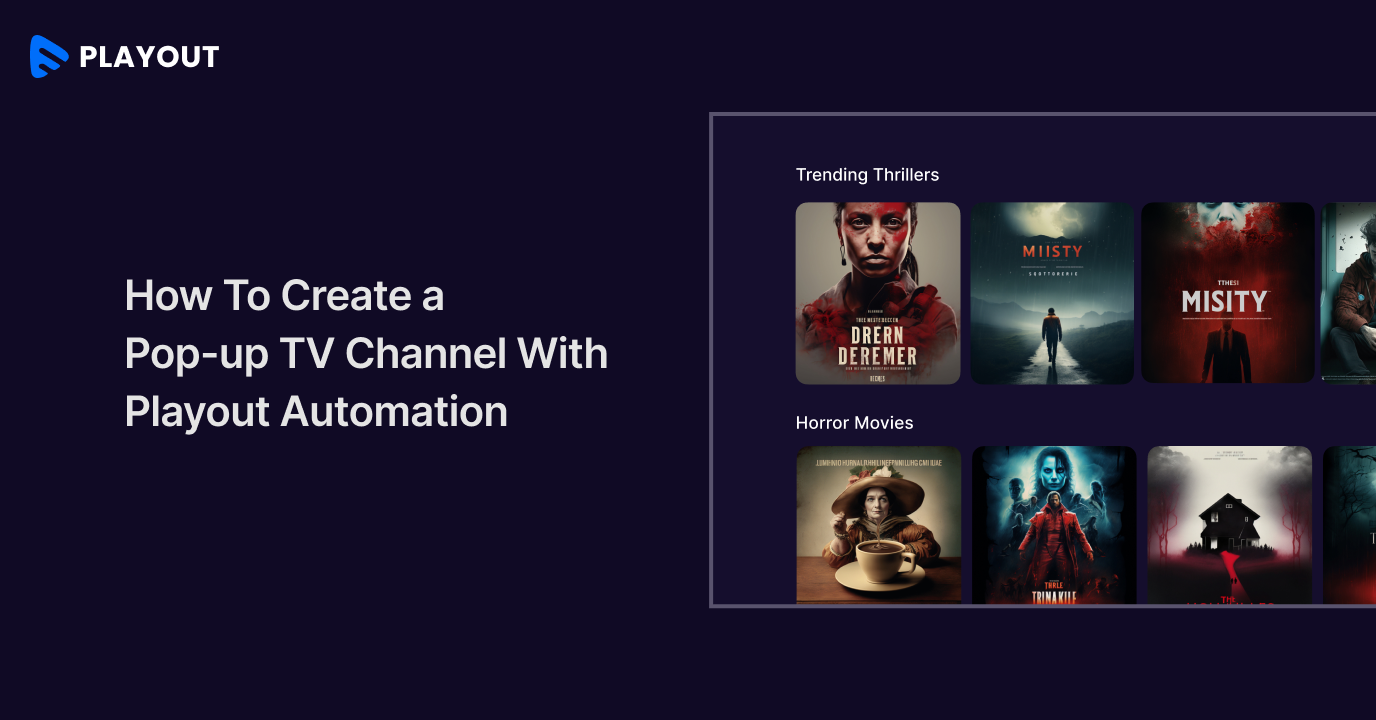



Add your comment